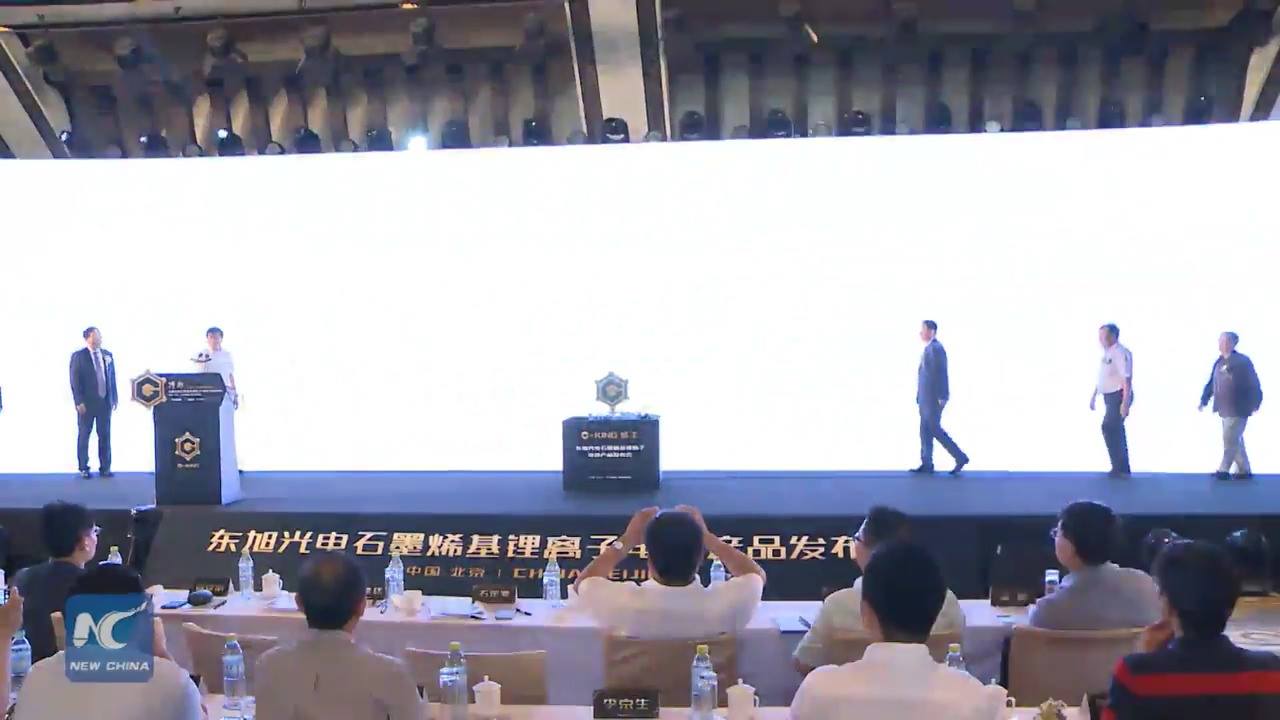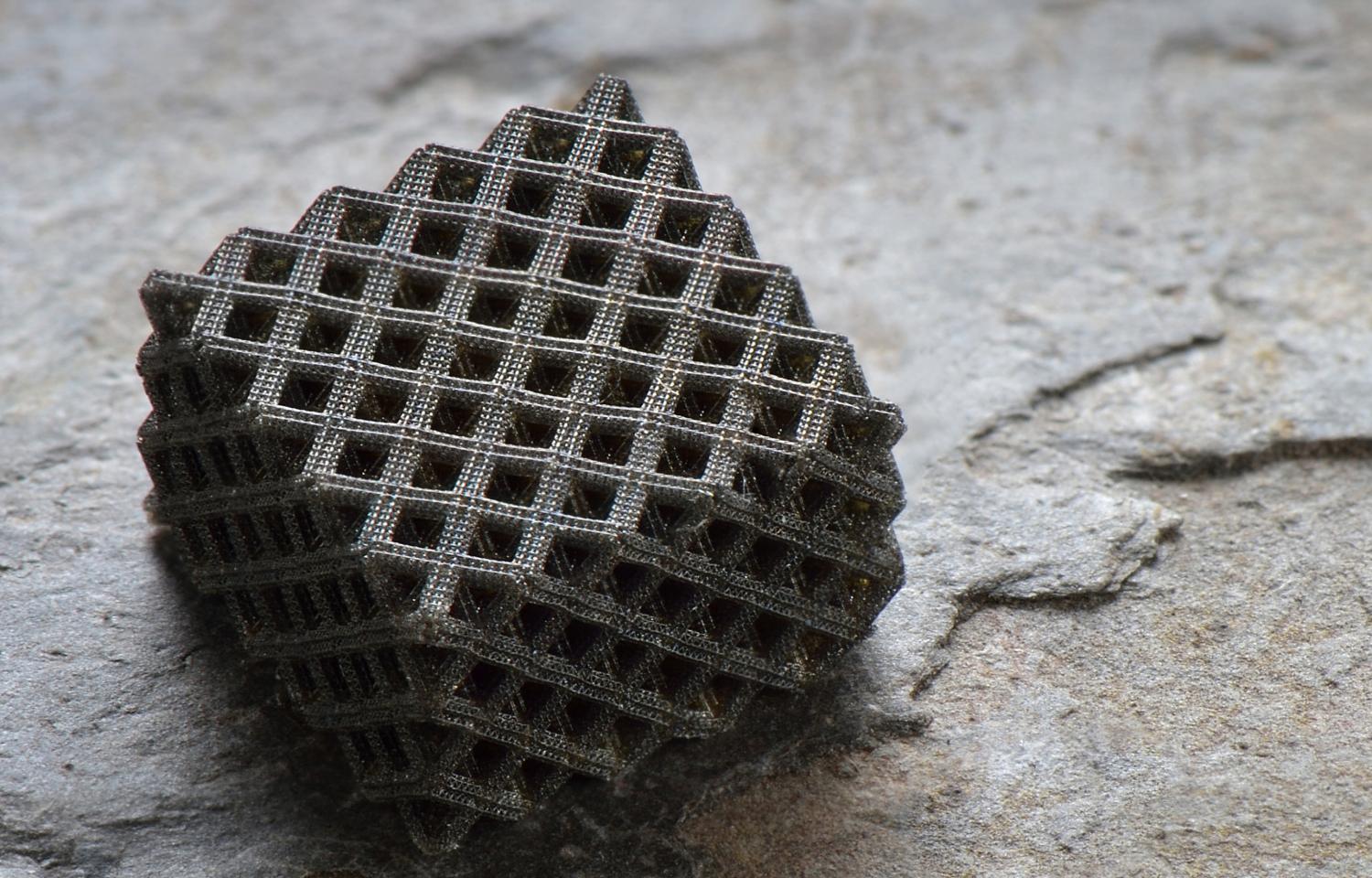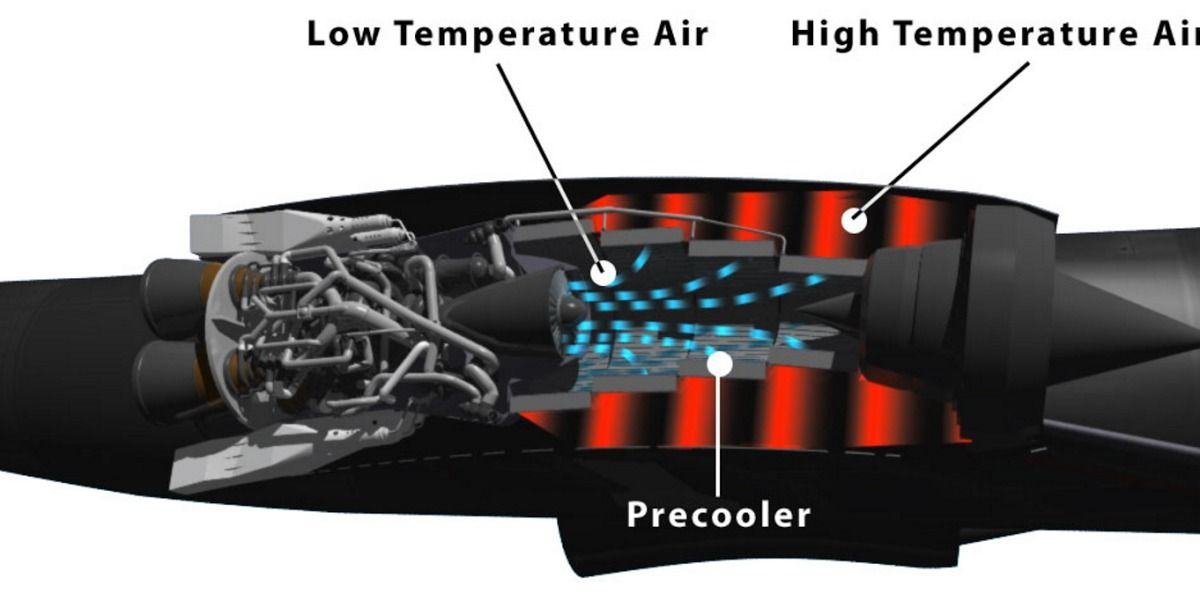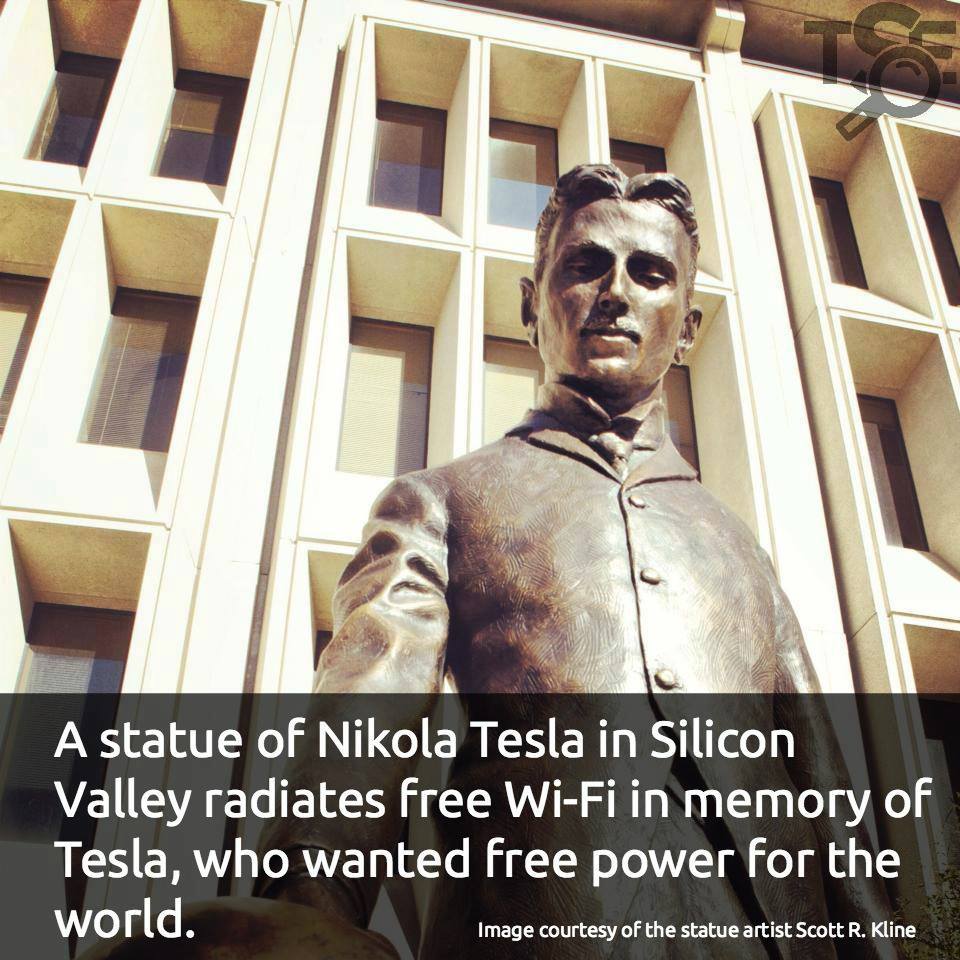Jul 21, 2016
Google is using DeepMind’s AI to slash its enormous electricity bill
Posted by Shailesh Prasad in categories: energy, robotics/AI
Google announced on Wednesday that it has been using a DeepMind-built AI system to control certain parts of its power-hungry data centres over the last few months as it looks to make its vast server farms more environmentally friendly.
Last year, a Greenpeace report predicted that the electricity consumption of data centres is set to account for 12% of global electricity consumption by 2017 and companies like Google, Amazon, Facebook and Apple have some of the biggest data centres in the world.
Google said it has been able to reduce the energy consumption of its data centre cooling units — used to stop Google’s self-built servers from overheating — by as much as 40% with the help of a DeepMind AI system.
Continue reading “Google is using DeepMind’s AI to slash its enormous electricity bill” »
















